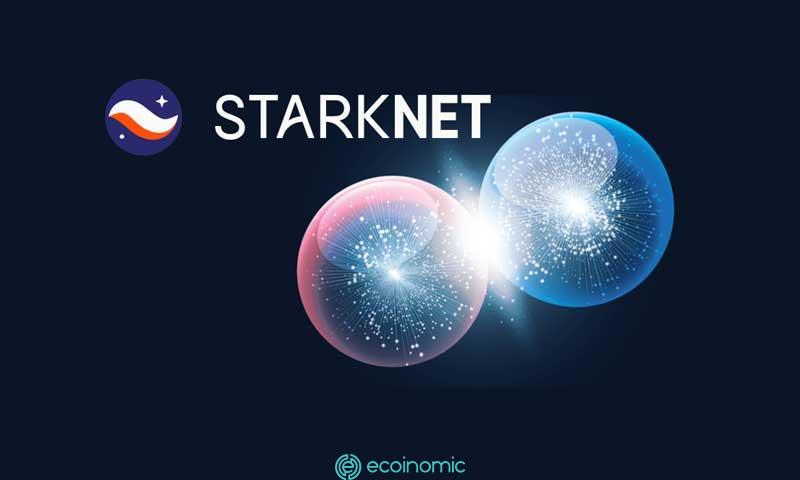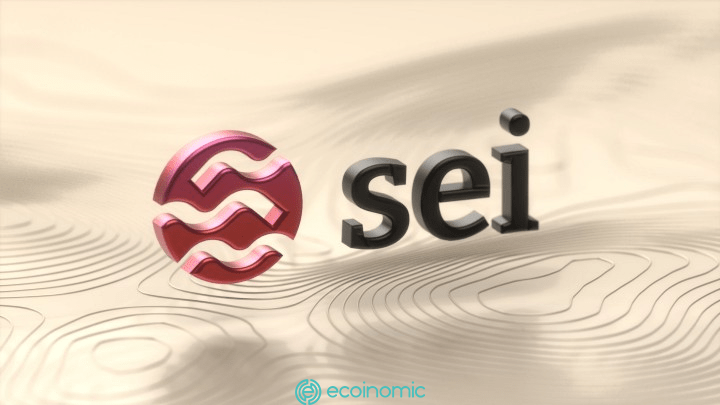Advertisement
Fundamental analysis, investment restructuring, and withdrawal are important strategies that help investors optimize profits and allocate portfolios effectively in the face of cryptocurrency market fluctuations.
If you talk to cryptocurrency critics, you often hear the familiar saying “cryptocurrencies are re-proving why regulations existed in the first place.”
This comment is very important. That’s why it explains the appeal of cryptocurrencies. Not only does it prove why regulations exist, cryptocurrencies are also an entirely new sector and asset class that is rebuilding the market itself from scratch.
The stock market was founded in 1792. Investment principles and strategies, financial markets, efficiency,… People have had hundreds of years to figure out these things in the context of stocks. The invention of cryptocurrencies will go down in history because of the equal importance of the invention of stocks. It only takes a few years to try and figure out what works.
Withdrawal Strategy
For an investor, there are three main actions that are important: buy, hold, and sell. In cryptocurrencies, investors need to look for new sources of profit (staking)
Despite the notion that some investors like Warren Buffet are simply “holding on forever,” most investors sell at some point. You can sell for a variety of reasons. Ideally, however, is when you have realized your expected return and believe that you can reinvest in other areas that are more profitable (or reduce risk) in the future. In general, institutional investors engage in investments with a withdrawal strategy.
Liquidity creation solution
One day, crypto assets will no longer be sustainable. Illiquid tokens with low Market Capitalization need to kickstart liquidity. That’s how investors will pull out of the market with greater returns. Unlike TradFi, a private equity fund that can move to other businesses or other private equity funds, the withdrawal strategy for token buyers is to create liquidity using the following solutions:
- Protocols to increase liquidity using Treasury assets
- Liquidity leasing protocols by allocating bonus tokens to liquidity providers on decentralized exchanges (DEX)
- Tokens are listed on centralized exchanges where market makers place orders in their books to create liquidity.
The most traded tokens include:
- More valuable token rewards (by having tokens of higher value)
- Higher liquidity (due to high-value rewards and higher transaction fees)

The life cycle of a transaction
The Yield farming model will be summed up here to those who are interested in the composition of the profit for the LPs DEX.
Therefore, having liquidity is the main goal of larger investors who are looking to withdraw from the market at a high multiple level. For those who don’t like private market trading and the 9-10 figure in dry power, the best way is to partner with big investors.
So, as a cryptocurrency market participant, the life cycle of a transaction will take place as follows:
- Find tokens that have good teams, projects and have the ability to create high value
- Buy tokens early enough in the initial period of existence when this token is relatively untapped (easier in slow markets)
- Hold until the market detects tokens (creating demand) and/or greater liquidity in the market
- Sell when the market is big enough.
Change your investment strategy.
The way people participate and succeed in the cryptocurrency market will grow and change in the coming years. Strategies that have been successful from previous years will be competitive or no longer relevant as market dynamics change and the applicability of many other cryptocurrencies is developed.
In 2023, in the DeFi market, the buying and holding strategy is expected to be difficult due to the huge amount of FDV and the unlocking that occurs, the number of token demand coming from the public market is also limited. Investors should focus on event-based trades with the above characteristics and profit more easily than usual.
Selected projects will overcome challenges, attract more attention and market share. That will set the stage for the next rally as people find new ways for cryptocurrencies to accumulate value and change the way they participate. When risk appetite returns to the market (and it will happen), these projects will be a belated regret for investors.
Does basic analysis matter?
The wrong view of fundamental analysis
First of all, there are many people who do not properly understand the composition of “fundamental analysis”. They seem to think that Fundamental Analysis only includes the P/E ratio and revenue. That’s absolutely not true. Cryptocurrencies with fundamental analysis cannot be captured by traditional indicators (e.g., TVL, FDV, token supply dynamics, Treasury assets,…).
These quantitative components are only part of the fundamental analysis.
People seem to ignore the qualitative aspect when it comes to fundamental analysis. That includes:
- How the protocol works
- Who is behind their protocols and capabilities
- Competitive positioning

Importance
Fundamental analysis already exists in certain circumstances but their importance varies considerably. There are a lot of meme properties that have no underlying business that generate value and no reason to survive. Of course, the fundamental analysis does not matter in the case of pre-Shiba Inu.
You’ll make a mistake if you don’t have a clear view of the importance of fundamental analysis. It depends on each case differently. Different instruments are important to different industries – this aspect of investment is not rooted in cryptocurrencies.
Do you price an airline company based on the brand of biscuits they serve on board? I guess not. You can consider the number of seats available and the number of passengers, revenue. The same metrics will not apply to oil and gas companies or casinos.
So when thinking about fundamental analysis, you need to be aware of its effects, the type of asset you’re considering, and what’s important in that particular situation.
Investment restructuring
If you haven’t already done so, review everything in your portfolio and conduct the following analysis:
- Team: Build ideas on how to perform, level of activity, and assess prospects. If these investments appear to be in a deadlock and have made no progress for months, cut your losses.
- Token supply dynamics: Learn the online supply over the next 3-12 months. Projects with low market capitalization, high FDV and negative impact in the short term (token unlocking) should be eliminated.
- Reasons to hold: Whatever you’re holding at the moment should have clear reasons behind it. Even if major currencies like BTC and ETH go up, that doesn’t mean your currency will recover. If you rely solely on btc and eth rising to make a decision to sell, it’s better to move on to another option where you have a better base because in theory. That currency will also recover according to the specialties.
>>> Read more: How the collapse of Three Arrows Capital (3AC) could affect the market
















